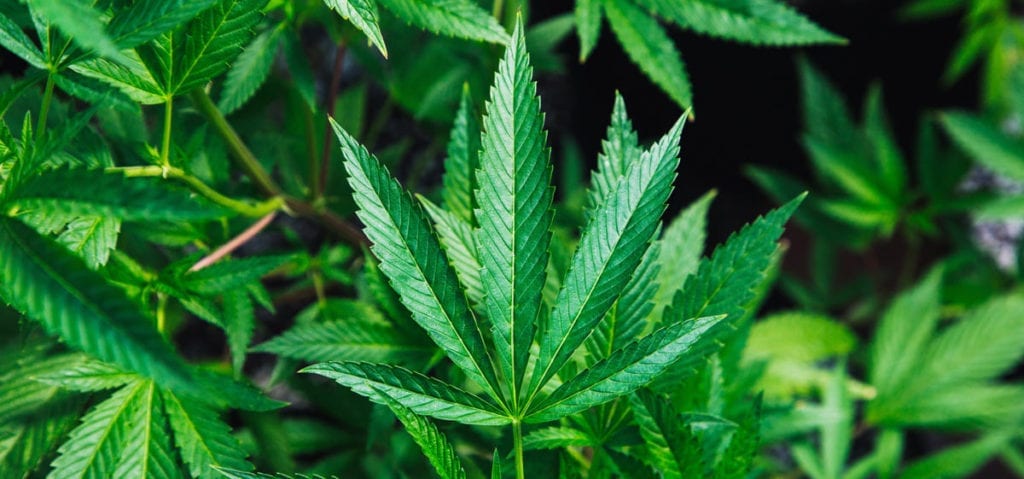Researchers at the University of Toronto have completed the first total chromosome map for cannabis sativa, discovering that ancient viruses changed the plant’s DNA to cause the evolution of CBD and THC, according to ScienceDaily.
The map reveals the genes that control the creation of THC and CBD are surrounded by garbled DNA that is associated with long-ago viral infection. Viruses will change the DNA of a host in order to continue making copies of themselves, which is exactly what happened to the cannabis plant millions of years ago. That “junk DNA” spread into areas of the gene that were responsible for creating cannabinoids and altered which chemicals it was creating.
The mutation was beneficial, so it stuck around. Human selection of the cannabis plant further reinforced and tuned the changes.
Tim Hughes and his team at the University of Toronto, Jonathan Page of the University of British Columbia and Aurora Cannabis, and Harm van Bakel of the Icahn School of Medicine at Mt Sinai collaborated to write the paper describing the chromosome map and its associated discoveries. The co-authors published their report’s first draft in 2011 but did not reach the more interesting conclusions until this year.
Other discoveries from the complete genome map include confirmation of separate genes for CBD and THC — meaning it should be possible to produce a cannabis plant that does not make any THC, though attempts so far have been unsuccessful.
The team also discovered the gene for a little-known cannabinoid called cannabichromene (CBC). There are hundreds of cannabinoids known to be produced by the cannabis plant, many of which remain unidentified and unstudied.
Researchers point to cannabis prohibition and the associated lack of research to explain the delay in completing a total genome map for cannabis.
“Mainstream science has still not done enough because of research restrictions. Legalization and looming ease of research regulation really provide for opportunities for more research to be done. And Canada is leading the way.” — Jonathan Page, co-author of the study, to ScienceDaily
The study was published in the journal Genome Research. Researchers hope the map will allow easier study of the cannabis plant now that federally-funded research is possible in Canada.
